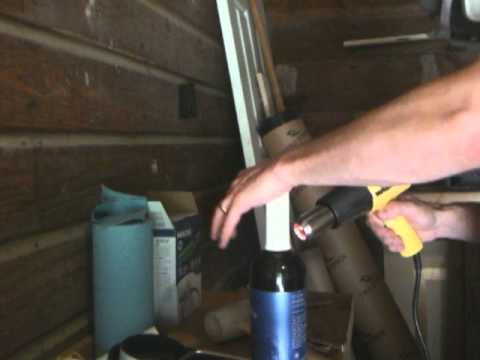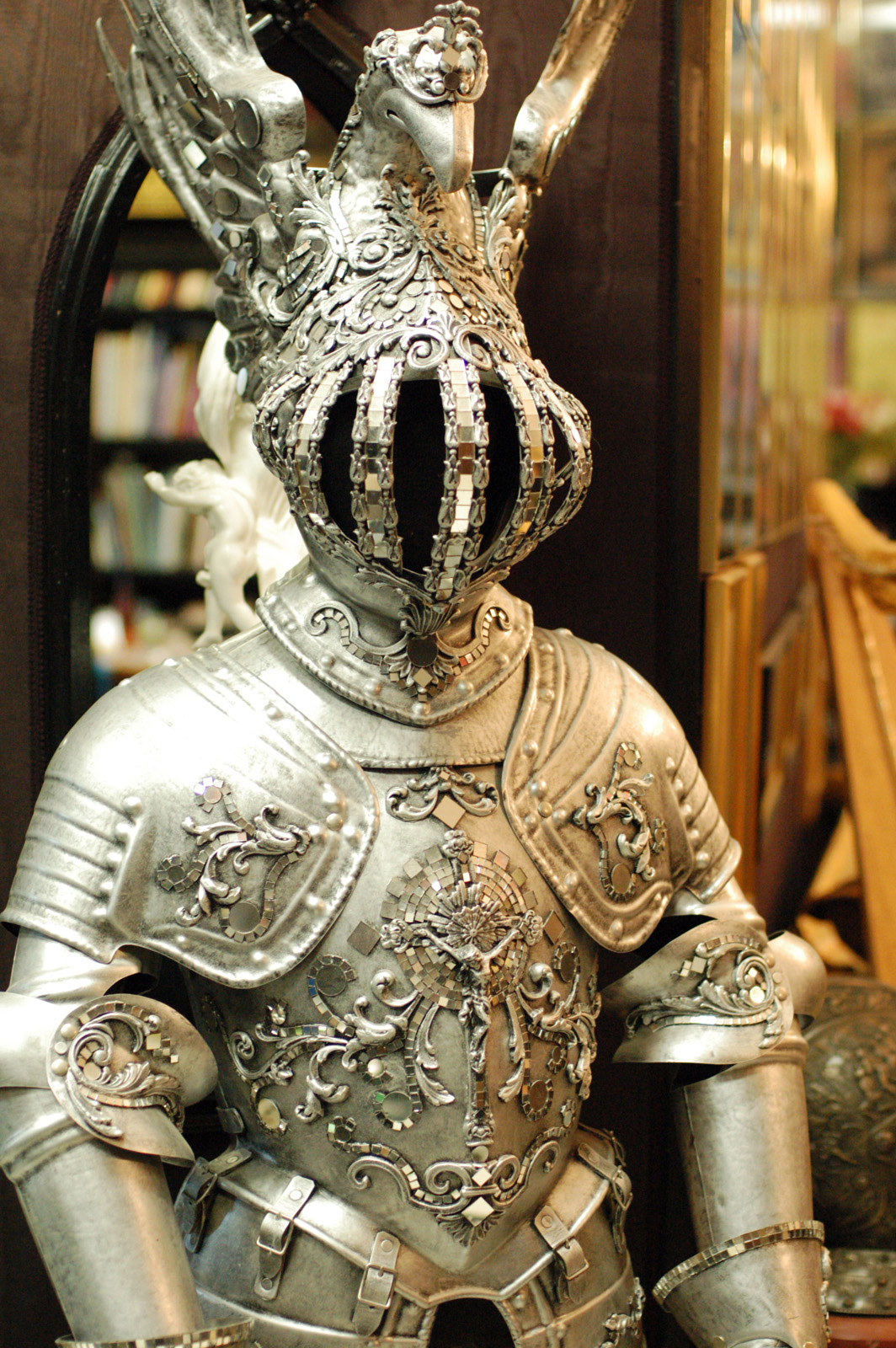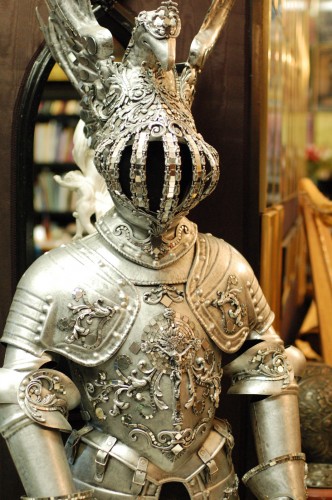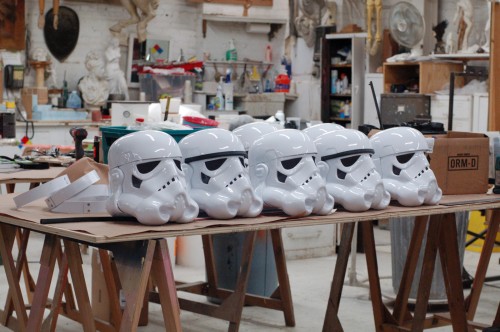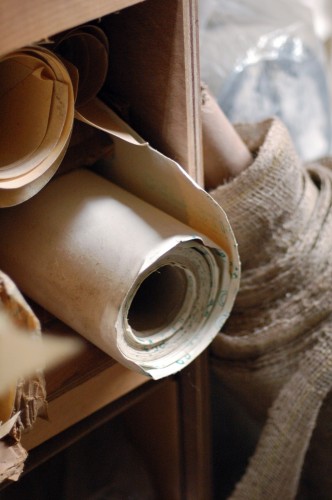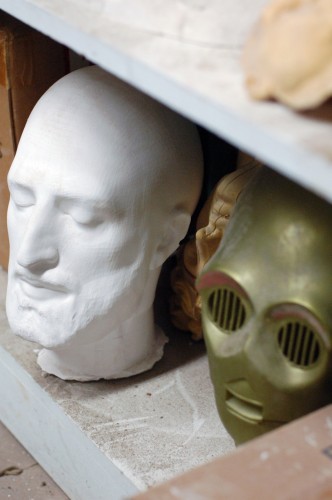This is from a few years ago, but it should provide a lengthy diversion: The New York Stagehand Glossary. It has a lot of terms which should be familiar to many of us, along with many I have heard for the first time (which is understandable, because I only did a bit of work as a stagehand while living in New York City).
Back in the old days, inventors who applied for a patent also had to submit a model of their invention. These models ranged from simple craft attempts to miniature marvels of engineering. The Rothschild Petersen Patent Model Museum houses one of the largest collections of these models, most dating from the 18th and 19th century. You can also view this set of photographs showing more of the models and exhibits.
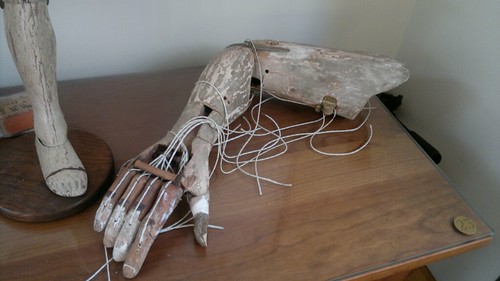
Most props people are familiar with Mortite and floral putty for temporarily securing props to shelves, trays and tables. Sometimes, though, you want something a little stronger; you may even need something clear, such as when you need to secure crystal to a glass surface. Quakehold! has a whole bunch of products intended for securing your collectibles and valuables to shelves at home in case of earthquakes. Materials such as Museum Wax, Museum Putty and Museum Gel should keep your props from tipping or falling, and can be cleanly removed when the show is finished.
I like this tutorial for repairing broken plastic items with solvent welding with one caveat: you need to wear the proper gloves and skin protection as well as provide adequate ventilation and respiratory protection.
At the Props Summit a few weeks ago, they mentioned InFlow, an inventory management software program which can be used to catalog and track inventory. It was suggested that it might be useful for maintaining a photographic database of your stock. I haven’t used it, but the website offers a free download (you are limited to 100 items in your database) in case anyone was interested in trying it out.

